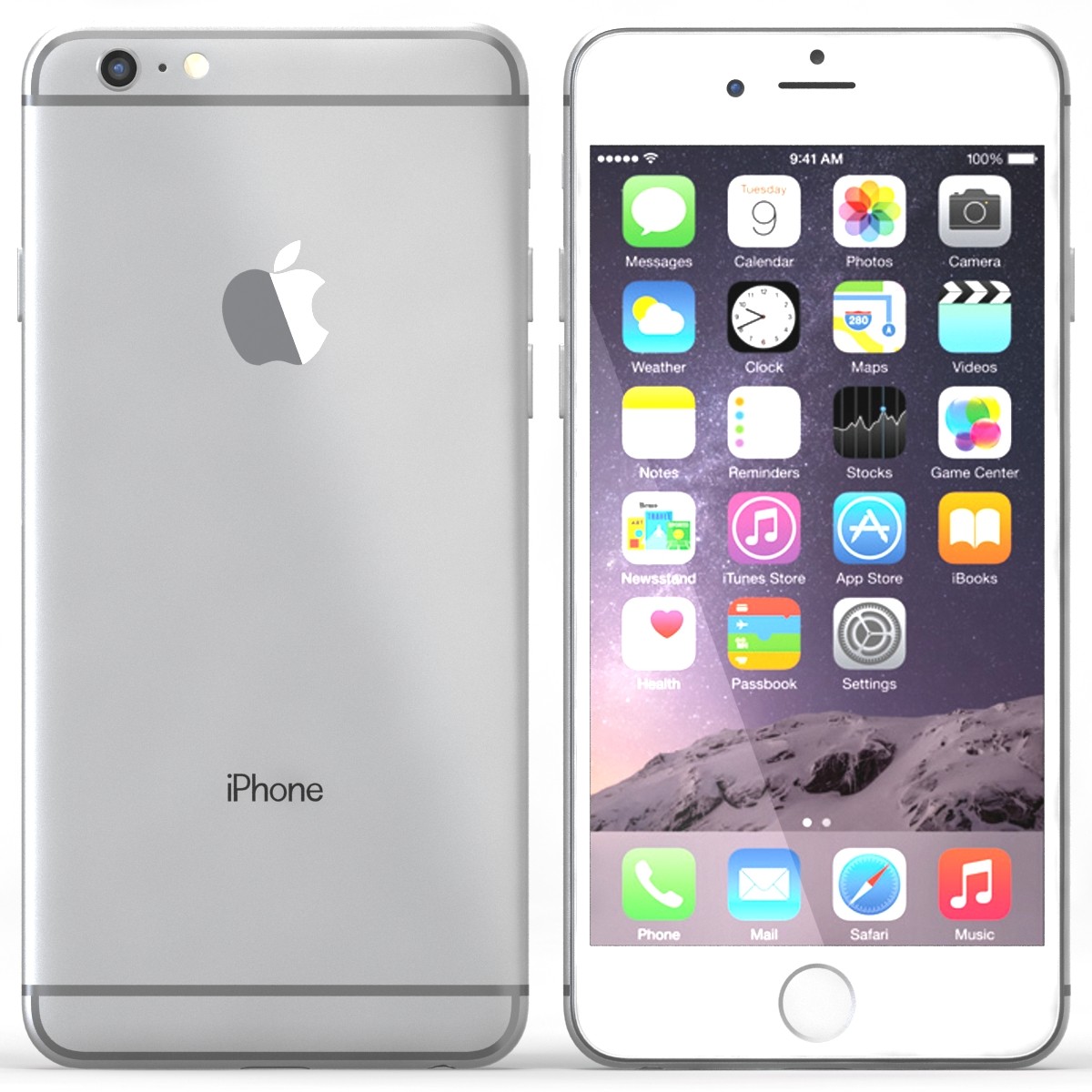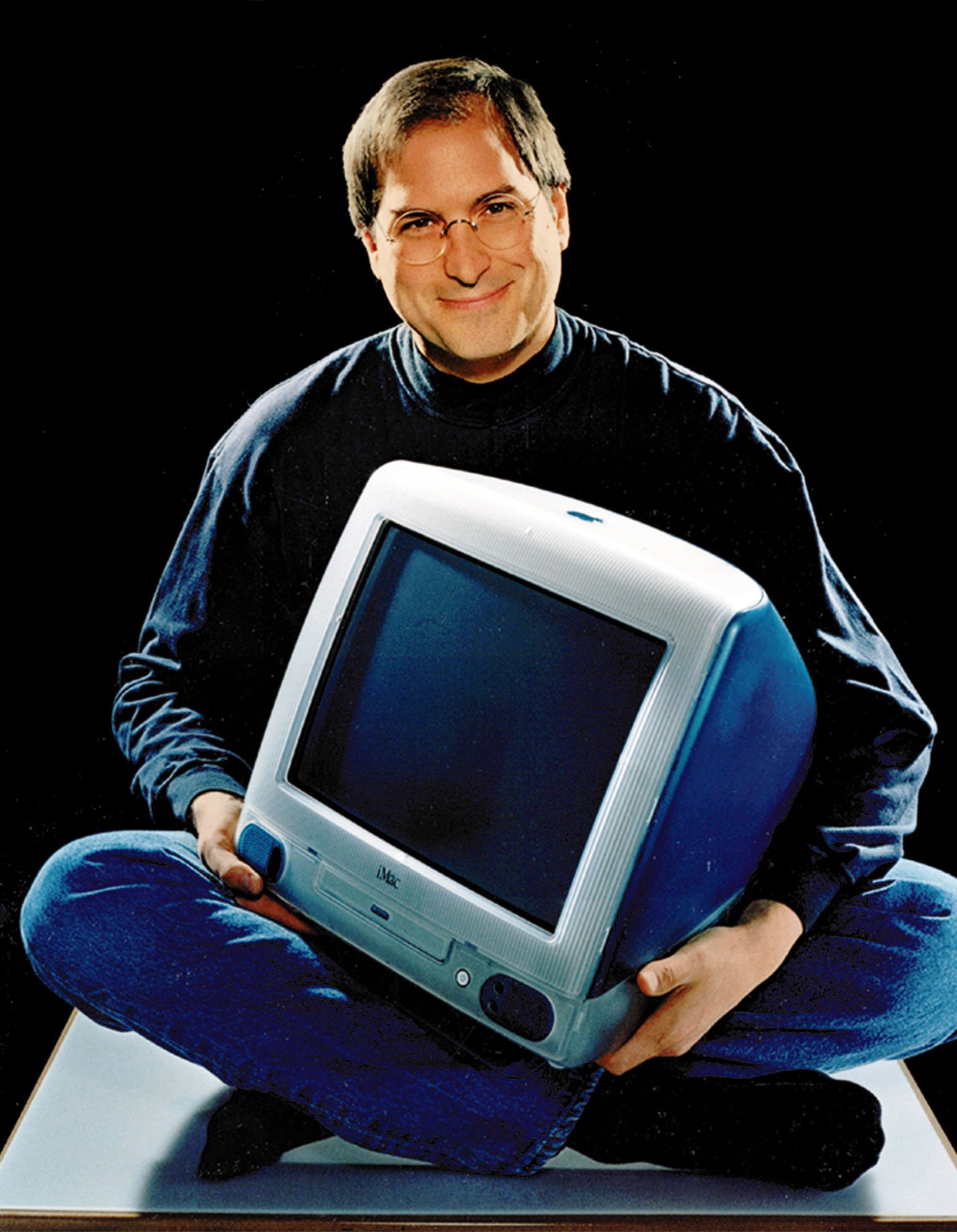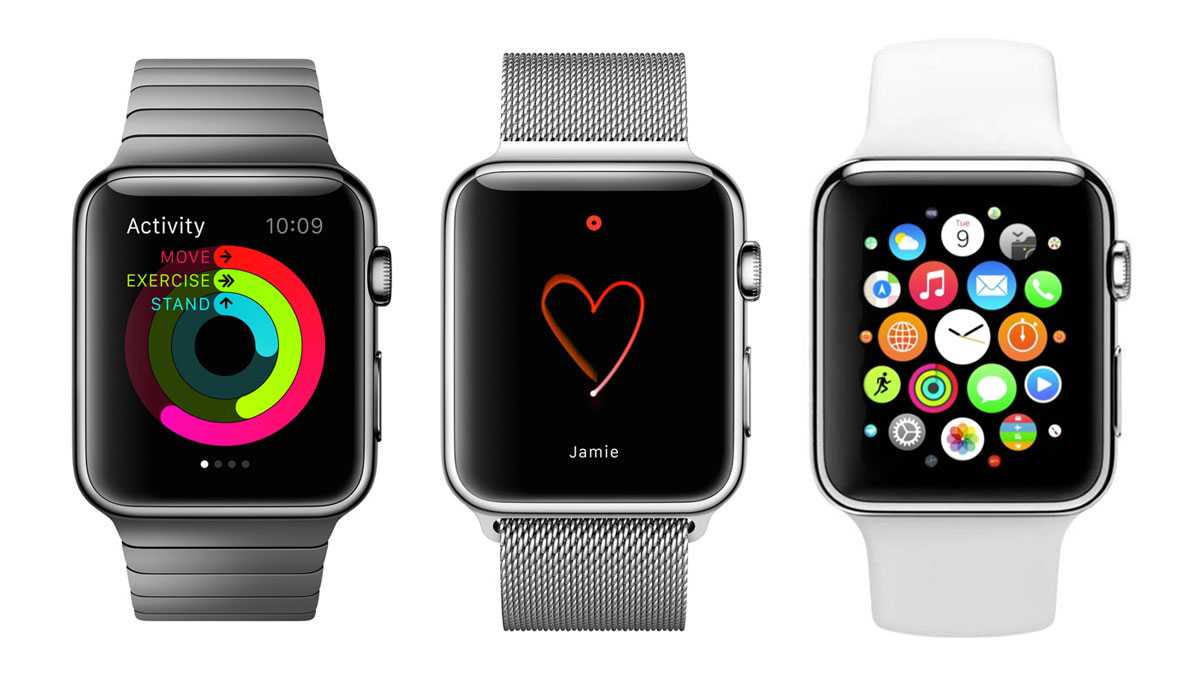When iOS 8 and OS X Yosemite became available for Apple users, Continuity, Apple’s seamless connection of all your Apple devices, was one the company’s biggest selling points. Suddenly, your iPhone, iPad and your Mac started to feel like one device, rather than three separate units. You could take a phone call on your Mac or start an email on your iPad and send it off on your iPhone. While this functionality has its limits, Continuity was definitely one of the biggest drivers for Apple users to update to the company’s latest mobile and desktop software, and it has undoubtedly helped to spur on sales of new Apple devices, but the brilliance of Continuity is built on a much older piece of the company’s core philosophy: the ecosystem.
The Ecosystem
The ecosystem is, perhaps, Apple’s most impressive innovation to date. Obviously, Apple’s ecosystem is great for the company’s bottomline; if you have one of these devices, the advantages of owning more than one subtly push you toward buying yet another Apple device. The iPhone is great, and if you like the iPhone, you’ll love the iPad! (Arguably, this is one reason why Apple still makes the iPod; it acts as a gateway into the much bigger Apple universe.)
Apple’s ecosystem centers around the iPhone. It is your own mobile computer that actually fits in your pocket. You take it everywhere, and it helps you interact with the world around you. The iPhone is your phone, digital camera, digital camcorder and much more.
Today, the iPhone is the absolutely center of your digital universe, and this is just an update to a plan that Apple put into motion much earlier.
The Mac
In 2001, Steve Jobs explained his vision for a world where the Mac was the centerpiece. The Mac was supposed to be the hub of your digital life, a digital hub. Every other device was supposed to be an accessory for the Mac, and it was your Mac’s job to interconnect every other device in your digital life.
Jobs argued that the Mac would be the hub of your “digital lifestyle” because it could do things that your smaller electronics simply could not do. The Mac could run complicated applications and burn CDs and DVDS (a pretty big deal in the early aughts), and because the Mac had such a large screen, Jobs argued, a user-friendly interface could be designed.
For a long time, the Mac was the hub. We needed it for iTunes and to update our iPhones, but it recent updates, the Mac has taken a backseat to the iPhone. Apple’s transition from a Mac-centric ecosystem to a iPhone-centric one makes sense; for the most part, the iPhone is much cheaper for consumers to purchase (especially if much of the price is subsidized by a mobile phone carrier), and it is much less intimidating for many people.
A New Type of Personal Computer
Thanks to the successes of the iPhone and iPad, the Mac isn’t as central to our digital world as it once was; for many casual Internet users, the iPhone and iPad fill the need that was previously filled by a personal computer. When this became obvious to Apple, they simply adapted their digital hub model to center around the iPhone instead of the Mac.
Today, the iPhone easily outsells all of other’s other devices, and it is easily the biggest moneymaker for the tech giant. Despite investors’ concerns about the iPhone’s ability to continue competing in the broader smartphone market, the iPhone is doing exceptionally well for a mature device, and investors will do well to remember that Apple has positioned the iPhone as the way for most people to enter their bigger ecosystem. Every customer won’t buy an iPhone, iPad, Apple TV, Apple Watch and a Mac, but they may pick up one or two of those devices.
In fact, the Apple Watch was never designed to be used independent of the iPhone. While many critics felt that this was a weakness for Apple’s first piece of wearable technology, it is actually an extremely shrewd marketing decision. If you want an Apple watch, you have to have an iPhone, and it must be one of the newer iPhones. It’s all part of the company’s bigger plan to tie every device in their product line together.
Google and Microsoft are now trying to build their own ecosystems to compete with Apple’s. But because the Android operating system is open source, it’s difficult, if not impossible, to get all the technology companies involved on the same page, but Microsoft is in a unique and nimble position where it may be able to build its own ecosystem.
Apple is investing in its ecosystem in much the same way that it invests in its products. The ecosystem is as much a part of Apple’s product line as the iPhone, but it is totally intangible. Users can’t reach out and touch the ecosystem, but if they don’t have a particular device, they feel it every time they pick up their iPhones.
What do you think about Apple’s ecosystem? Let us know in the comments below.









One thought on “Is Apple’s Ecosystem Its Secret Weapon?”
Of course, Apple are doing something consistently what others are completely missing in the last 30 years. If there is a secret formula to success then Apple culture is the best thing to study. Previously it was thought that Steve Jobs was the person behind it, but after his sad demise Apple has remained and grown as the most successful tech company around the globe. Hence there must be something about the Apple culture which is the reason behind such massive success.